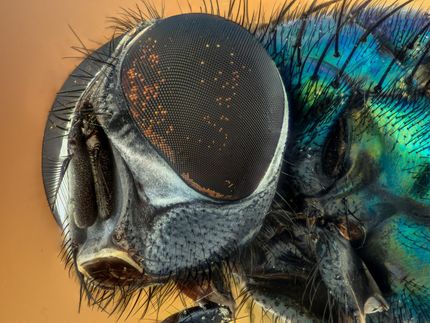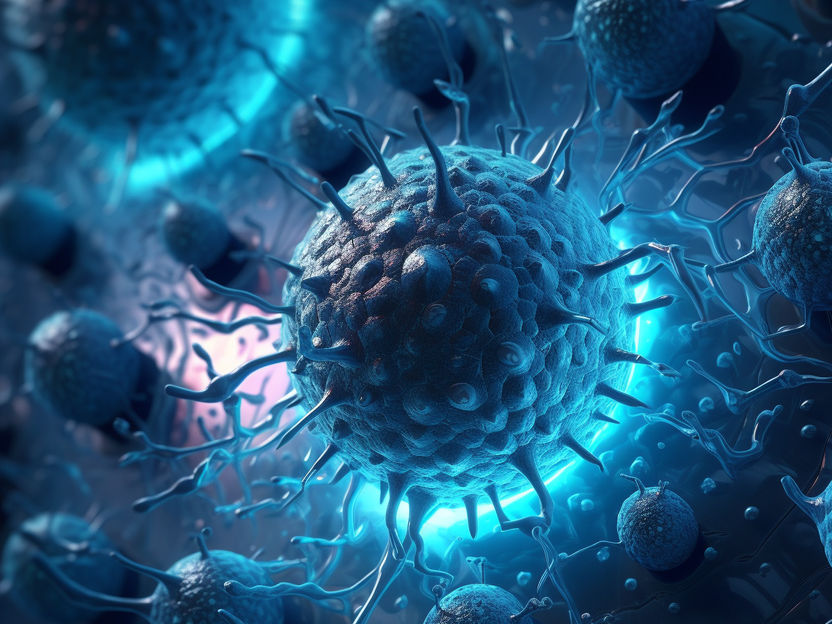Vitamin A orange maize improves night vision
A new study has found that vitamin A-biofortified orange maize significantly improves visual functions in children.
The study was conducted among school-aged children (4 to 8 years old) in rural Zambia. Children who ate orange maize showed improved night vision within six months. Their eyes adapted better in the dark, improving their ability to engage in optimal day-to-day activities under dim light, such as during dusk and dawn.
"It shows that in populations that are vitamin A deficient, the eyes can respond well to a good source of vitamin A such as orange maize in a fairly short span of time," says lead author Amanda Palmer of Johns Hopkins Bloomberg School of Public Health. "It also validates the importance of orange maize for tackling vitamin A deficiency as part of a food-based approach."
Vitamin A deficiency occurs on a continuum. Severe vitamin A deficiency with blinding eye disease and a high risk of death from otherwise curable infections is at one end of the spectrum. But, less severe, incipient vitamin A deficiency -- also an important underlying cause of child deaths--is more frequent and difficult to detect. According to the World Health Organization, lack of sufficient vitamin A blinds up to 500,000 children worldwide every year.
Impairment of the eyes' ability to adapt to low-light conditions is one of the few measurable signs of vitamin A deficiency at its initial stages. In this study scientists used specialized portable equipment to confirm the benefit of eating vitamin A-rich orange maize in a population with marginal deficiency.
"It is an impressive advancement that with portable, more user-friendly equipment scientists are now able to accurately record the changing size of the pupils of the children's eyes," says Erick Boy, Head of Nutrition at HarvestPlus and a pediatrician by training. "In this study, the researchers documented how children's eyes responded to different light conditions before and after a six-month feeding period. This used to be a much more cumbersome task until now."
Testing for vitamin A deficiency is problematic because blood collection can prove difficult in rural settings. Levels of vitamin A in the blood may also be affected by other factors, such as infections. Rapid, reliable and non-invasive tools to measure the positive impact of nutritional interventions on the vision of those suffering from marginal deficiency were practically unavailable before this study.
Scientists in this study used a new device called a Portable Field Dark Adaptometer (PFDA). The PFDA is a set of goggles manufactured with a digital camera and flash inside. The goggles are connected to a desktop or laptop computer, which can accurately record the response of the pupil in each eye to changing light conditions.
The Johns Hopkins team is the first to use this device on a large scale.
"Until now, most of the tools and techniques used to measure night vision have relied on dark rooms, which are impractical in rural field settings. And, results were subjective," says Palmer. "With PFDA we don't need a tent or a dark room and it gives accurate results for people aged 3-4 years or older." This randomized efficacy study was conducted in Zambia's Mkushi District among children who were marginally vitamin A deficient. They were served two meals per day, six days a week for six months. Half of the children got meals made from biofortified orange maize, while the other half consumed white maize meals.
The children wore PFDA goggles to record pupil response. "We measured the responsiveness of the pupil to light and calculated the change in pupil size over a period of time. These goggles enabled us to monitor something that was not possible before," says Palmer.
The biofortified orange maize used in this study was conventionally bred to have higher levels of beta-carotene, a naturally occurring plant pigment that the body converts into vitamin A with higher efficiency as the body stores of the vitamin decrease.
Original publication
Amanda C Palmer, Katherine Healy, Maxwell A Barffour, Ward Siamusantu, Justin Chileshe, Kerry J Schulze, Keith P West Jr., and Alain B Labrique; " Provitamin A Carotenoid–Biofortified Maize Consumption Increases Pupillary Responsiveness among Zambian Children in a Randomized Controlled Trial"; Journal of Nutrition; 2016

























































